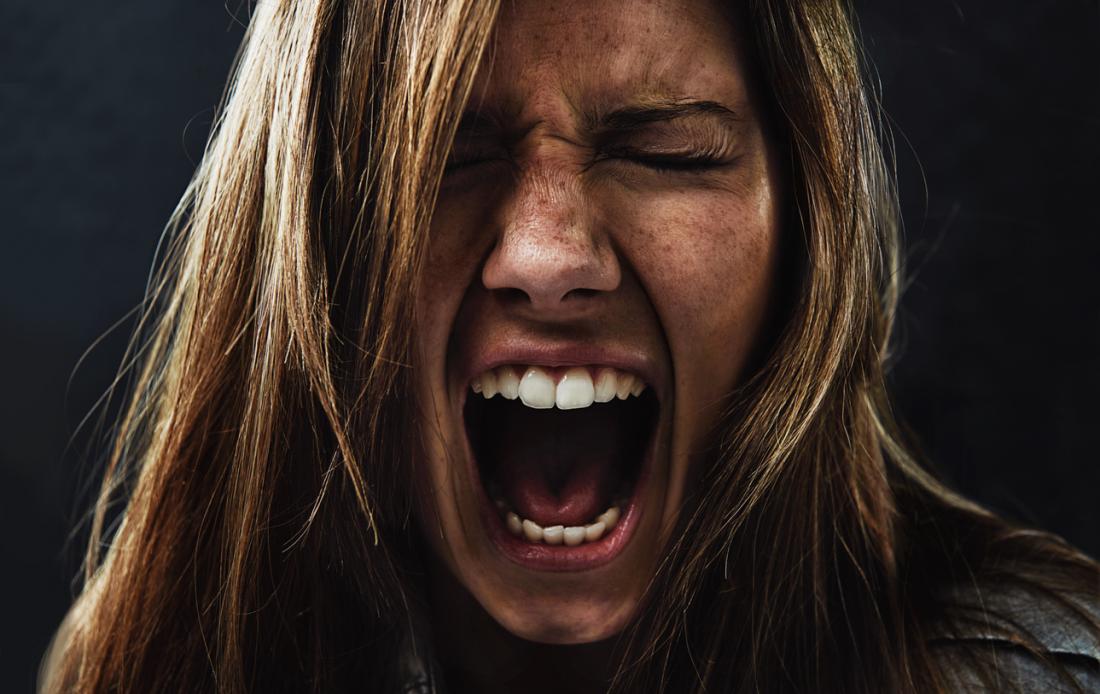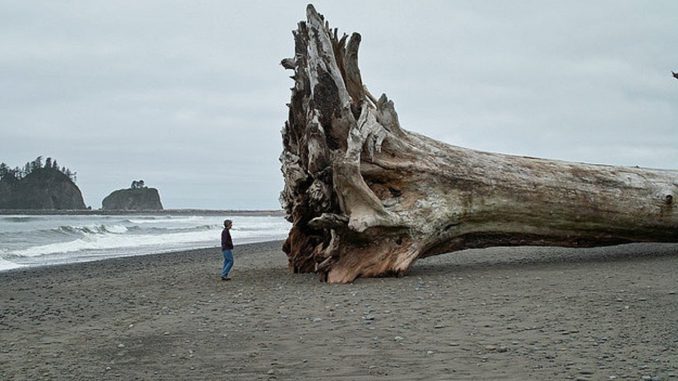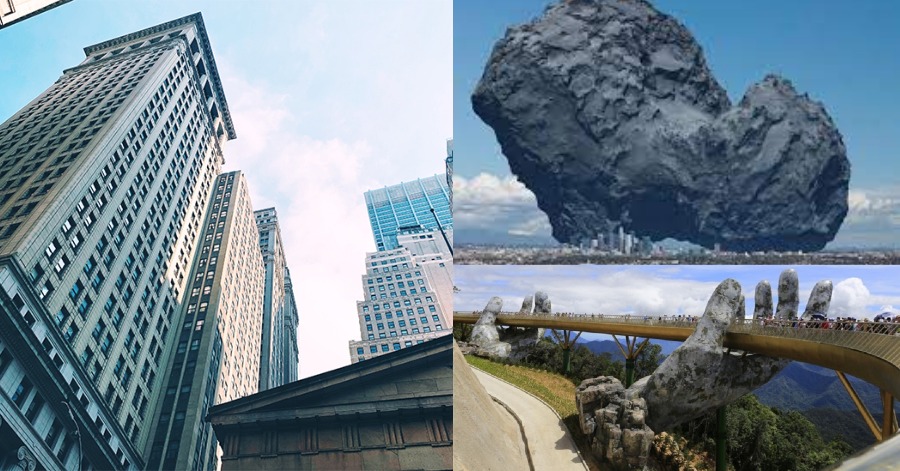A persistent and overwhelming dread of an object or circumstance characterizes phobia, which is a sort of anxiety illness. If you have one, you’ll go to great lengths to avoid whatever it is that you’re terrified of.
There are various types of phobia. Although phobia is not something logical and has more to do with the mindset, there are still some people who can’t step out of it and the moment they see something that triggers their fear, they get very anxious.


The dread of huge items is known as megalophobia. The name of this phobia is already a hint, ‘mega’. Enormous ships, aircraft, large animals, and towering sculptures are all examples of the thing in the issue. To someone with megalophobia, anything that is large is a threat. Like every other phobia, triggers and symptoms can be different for everyone.
Triggers

A person with megalophobia might experience dread and anxiety from a variety of sources. Some people get triggered when they are around a range of enormous things, while others have specific triggers.
Some common triggers for megalophobia are:
- Airplanes
- Buildings
- Elephants
- Mountains
- Trains
- Whales
- Ships
- Statues
- Huge trees
- Buses
Symptoms

You’ll notice certain indicators if you have a phobia, and if you don’t already know, a phobia may create stress and panic in both the physical and emotional domains. The main symptom of megalophobia is fear when seeing large objects but there are also other common symptoms of this phobia such as:
- Chest pain
- Diarrhea
- Dizziness
- Feelings of panic
- Increased heart rate
- Nausea
- Shaking
- Shortness of breath
- Sweating
Causes
Causes of phobia can be tricky to identify because there might be more than one reason or sometimes no reasons at all! There are however possible factors that could lead to phobias. For megalophobia, causes can be like exaggerated fear. It’s normal to have fear but a person with megalophobia or in fact any phobia, their level of fear is more severe than a regular person.

Another factor could be the intimidating size. Seeing large objects, animals, buildings, or anything that is bigger than them, can cause fear for those with megalophobia. While others may find it fascinating, people with this phobia tend to be fearful of it.
Treatment
Treatment for phobias usually falls into one of a few distinct areas. The most frequent treatment is psychotherapy, however, drugs may be used in rare circumstances to aid patients with phobia-related symptoms. There are few approaches to treat megalophobia.

Firstly is Cognitive Behavioral Therapy (CBT). The most common treatment where its exposure tactics are used to enable the person to replace phobic beliefs with more logical ones. A psychotherapist will talk to a client about their fears of enormous items. They are attempting to assist the client to rationalise why their worry may be unwarranted. The idea is then to develop a more realistic understanding of their concerns and confront circumstances that the phobia has forced them to avoid.
Another method is exposure therapy. Systematic desensitization, a more gradual set of exposure approaches, or flooding, in which the client is immediately exposed to the dreaded item, can be used to achieve this. At no point is the client put in jeopardy.
Sources:Very Well Mind, Indie 88 FM, Cleaveland Clinic, Healthline, Ranker









Leave a Comment